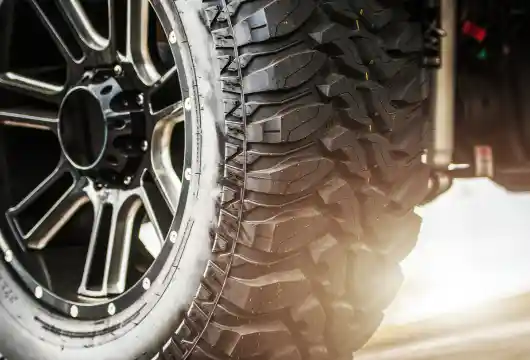The Environmental Protection Agency (EPA) has unveiled its most stringent standards for curbing greenhouse gas emissions from heavy-duty vehicles such as big rigs and buses. Set to apply to the model year 2027 to 2032 vehicles, these regulations represent a pivotal step in reducing emissions from a significant contributor to climate change.
Addressing a Major Source of Pollution
Heavy-duty vehicles account for a quarter of the United States’ transportation-related greenhouse gas emissions. The EPA’s new standards aim to mitigate this impact, projecting a reduction of a billion tons of emissions by 2055, equivalent to eliminating the pollution from 13 million tanker trucks’ worth of gasoline.
Impact on Air Quality and Public Health
Transportation constitutes a substantial portion of the nation’s carbon footprint. These regulations align with climate goals set under the Biden administration and the Paris Climate Accord and promise to enhance air quality for 72 million Americans near truck freight routes.
Appreciation from Health Advocates
Paul Billings, national senior vice president of public policy at the American Lung Association, expressed gratitude during a press call with EPA Administrator Michael Regan, acknowledging the positive implications for public health. The move reflects a recognition of ongoing innovations in the heavy-duty vehicle sector.
Industry Feedback and Concerns
While the proposed rule garnered over 175,000 comments before finalization, including industry pushback, concerns were raised about potential repercussions. The Owner-Operator Independent Drivers Association highlighted worries about the longevity of older, more polluting trucks and the readiness of charging infrastructure for zero-emission vehicles.
Embracing Technology Neutrality
In response to industry concerns, the Biden administration emphasizes that the rules are technology-neutral, offering businesses the flexibility to choose between hybrid, electric, fuel cell, or advanced internal combustion engine vehicles. Moreover, substantial fuel and maintenance cost savings are anticipated, ranging from $3,700 to $10,500 annually for heavy-duty trucks purchased in 2032.
Accelerating Adoption of Electric Vehicles
Earlier this month, the EPA introduced new standards for light and medium-duty vehicles intended to hasten the adoption of electric cars. While these rules aim to reduce greenhouse gas emissions by up to 50 percent by 2032, they face criticisms for being less stringent than initially proposed due to opposition from car manufacturers and labor unions.
CLICK HERE for more inspiring climate news

